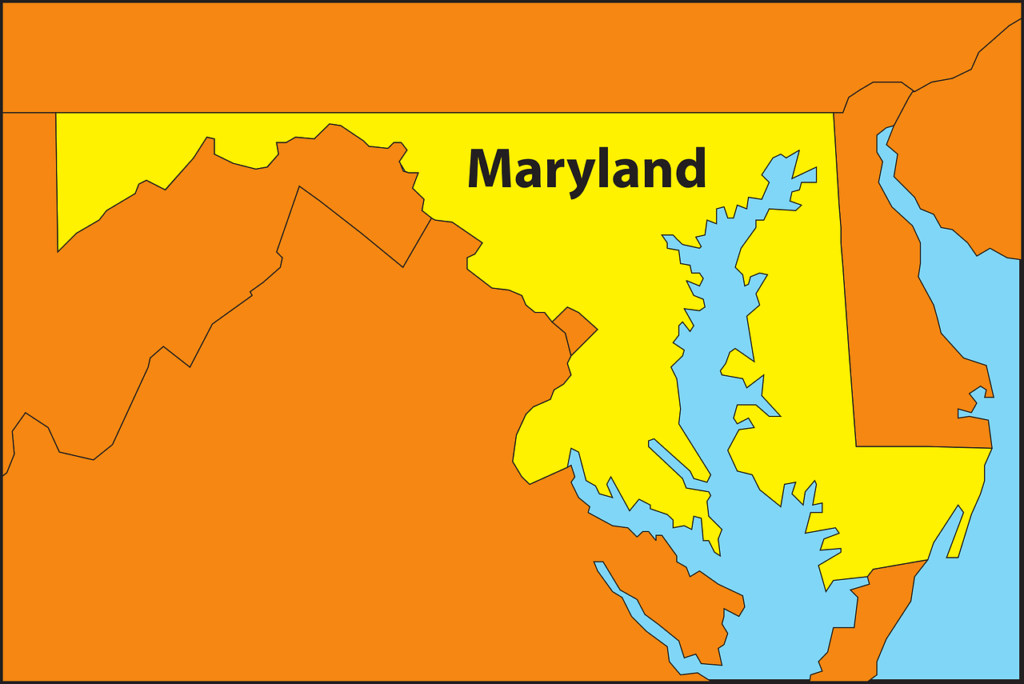- A new report by Earthjustice focuses on Maryland’s next challenge to tackle the impacts of climate change: electrifying homes.
- The report emphasizes the importance of electrifying homes, particularly low-income households, as part of the state’s overall strategy to reduce greenhouse gas emissions.
- The report highlights the obstacles faced by low-income households in accessing clean and affordable energy, including high upfront costs and limited access to financing.
- Recommendations to overcome these barriers for low-income households includes creating a financing program for low-income households and providing incentives for utilities to invest in low-income communities.
By Earthjustice | January 24, 2023
MARYLAND — Healthy housing advocates and researchers today published a report on how Maryland can electrify its housing sector, and notably, set a national trend by focusing on electrifying low-income households by 2030 to ensure no families are left behind.
The report, Charting A Pathway to Maryland’s Equitable Clean Energy Future: Electrification and Building Upgrades for Low-income Residences, highlights Maryland’s new era of climate leadership and maps a plan to electrify its building sector with four key policy proposals to electrify low-income households that might otherwise be the last to benefit from this key clean energy and clean air transition…
Maryland’s existing housing assistance and energy policies are disparate and uncoordinated, leaving the state’s 450,000 low-income residents underserved and leaving key climate opportunities on the table. These households are also likely to face housing challenges, such as deferment of weatherization and wiring upgrades, health and safety issues like lead paint or mold, and landlords’ limited incentives to upgrade their properties (60% of low-income Marylanders are renters)…
Read more from Earthjustice.



